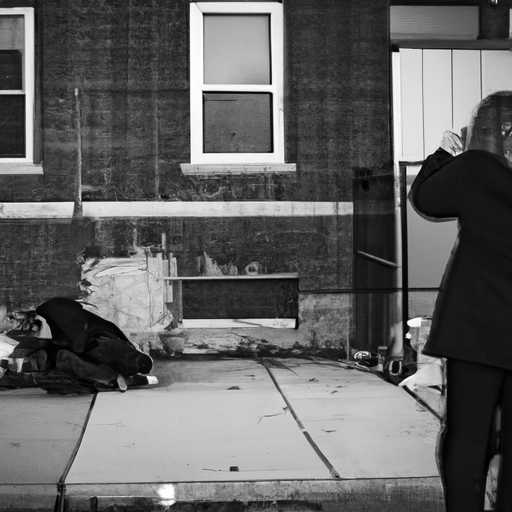It is no secret that the opioid crisis has made devastating impacts on communities across Canada. A particularly concerning region is Ontario, where the surge of opioid overdoses has escalated social problems related to homelessness and crime. Amidst this crisis, recent byelections shed light on how the opioid emergency is a critical issue to voters. This article examines Ontario byelections as a platform to discuss the effects of the opioid crisis and the steps taken to address it.
The Impact of the Opioid Crisis in Ontario
Ontario is witnessing dire effects of the opioid crisis, from increasing rates of addiction and overdoses to burdened healthcare systems and rising crime rates. The relationship between the opioid crisis and homelessness is particularly pronounced. Many victims of opioid overdoses are homeless individuals, making addressing homelessness an urgent aspect of combatting the opioid crisis. Likewise, there is a need to address rising crime rates often linked to drug addiction.
Homelessness and the Opioid Crisis
Homelessness is both a cause and effect of the opioid crisis. Some individuals spiral into addiction after becoming homeless, while others who become addicted to opioids may end up losing their homes. With increasing opioid usage, the homeless population in Ontario has surged. The unregulated use of opioids among the homeless population is frequently connected to higher rates of fatal overdoses. Tackling homelessness is crucial to addressing the opioid crisis efficiently and humanely.
Crime Rates and the Opioid Crisis
There is undeniable evidence connecting the rising crime rates to the opioid crisis in Ontario. Individuals suffering from addiction often resort to crime to fund their drug dependency, causing an increase in thefts and robberies. Additionally, the illicit opioid market contributes to organized crime, a concerning issue for Ontario communities.
Ontario’s Steps to Combat the Opioid Crisis
Despite these challenges, efforts to mitigate the effects of the opioid crisis in Ontario are underway. From public health initiatives like naloxone distribution to legal actions such as the Canadian opioid abatement class action, a multi-faceted response is emerging.
Naloxone: A Lifesaving Intervention
Recognizing the immediate threat of opioid overdoses, Ontario health officials have started broad distribution of naloxone, a life-saving medication that rapidly reverses opioid overdoses. Making naloxone readily available to overdose victims is a significant step towards reducing opioid-related fatalities.
Canadian Opioid Abatement Class Action
Ontario’s legal landscape is also responding to the opioid crisis. The province is participating in the Canadian opioid abatement class action against opioid manufacturers and distributors. This legal initiative seeks to hold these entities accountable for their role in the opioid crisis, working to provide financial resources for interventions and treatments.
Key Points:
- The opioid crisis has severe effects on Ontario, with notable impacts on homelessness and crime rates.
- Homelessness and the opioid crisis are interrelated, making homelessness a critical issue to address in fighting the opioid crisis.
- The opioid crisis is linked to higher crime rates, from individual criminal acts to organized crime.
- Ontario is combating the opioid crisis through initiatives like naloxone distribution and participation in the Canadian opioid abatement class action.
In conclusion, the recent Ontario byelections highlight the urgency and complexity of the opioid crisis. As the crisis continues to affect Ontario communities, the importance of strategic, multi-faceted approaches to the issue become increasingly clear. It is fundamental to understand and address the social issues connected to the opioid crisis, including homelessness and rising crime rates. Moreover, actions such as wide-spread naloxone distribution and legal initiatives like the Canadian opioid abatement class action are instrumental in tackling the crisis. We must remain vigilant and committed to fighting the opioid crisis, safeguarding our communities, and restoring hope to countless individuals and families affected by opioid addiction.
